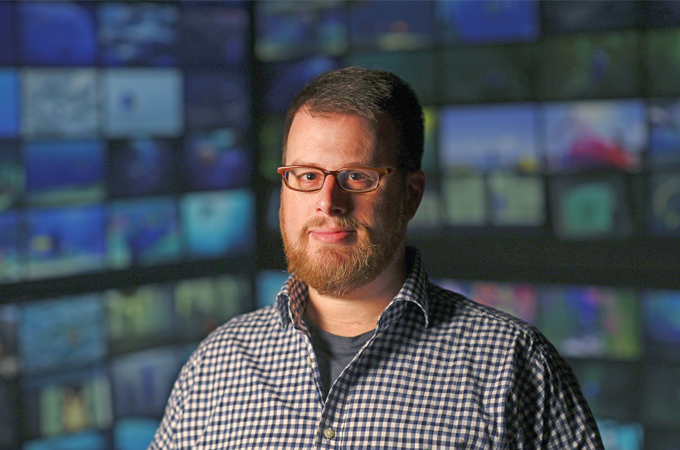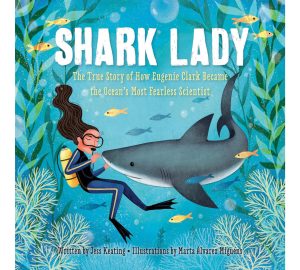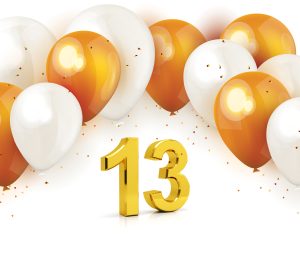“Nothing’s real in my world,” says Jeremy Lasky, Parkway Central High School graduate (’93) and director of photography at Pixar Animation Studios. Lasky recently finished filming Finding Dory (the sequel to Finding Nemo, which opens in theaters June 17) and talks about the challenges and joys of working with virtual characters. A Chesterfield native, he joined the animation powerhouse in 1997 and has worked on movies like Finding Nemo, WALL-E, Toy Story 3, Cars, A Bug’s Life and others.
T&S | What does a director of photography for Pixar do, exactly?
Jeremy Lasky | I am the equivalent of the guy who points a camera at a regular movie set and decides what looks good, only my set is all computerized.
T&S | What qualified you for this job?
JL | Aside from my wit (laughter), I took filmmaking and animation at Rhode Island School of Design (RISD). But I attribute much of my passion for visual storytelling to my incredible Parkway Central art teacher, Lauren Davis. She taught me how to see the world, and how to think about what I saw.
T&S | Did you have an idea early on what you wanted your career to be?
JL | As a child I was always drawing, and I was obsessed with movies like Star Wars and Raiders of the Lost Ark. But, then, what boy wasn’t? I knew my job probably would have something to do with film.
T&S | What’s your favorite Pixar movie you’ve worked on?
JL | That’s like asking a parent to pick their favorite child! Each movie is its own special thing, not just because of the movie itself, but because of the memories associated with it: Who were the people I worked with? What was happening in my life at the time?
T&S | What’s great about Finding Dory?
JL | It isn’t a superficial cartoon, but a deep story with a lot of emotional resonance. Because it’s about a character with amnesia, it raises interesting questions about what makes us who we are and how memories play into our sense of self.
T&S | What’s the workplace atmosphere at Pixar (in Emeryville, California)?
JL | Pixar is like a big college campus. It’s very open and friendly. It’s a place that encourages people to be themselves, seek out others, share ideas and try new things.
T&S | What’s the hardest part of your job?
JL | Being patient: a single shot can take months. We may lay the groundwork in December, but not see the end product for a year. There are so many stages of production, so many people involved in bringing a character to life. For example, in Finding Dory, it took a whole year to perfect Hank the octopus’ tentacles, to determine how they should stretch and wrap, how the suckers should suck. We also had to figure out Hank’s moods—what does an octopus look like when he’s nervous or angry?
T&S | What’s next?
JL | I usually get a little time off to rest and remember who my children are!
Photo courtesy of Pixar Animation Studios Inc.








